Is India's population boom a blessing or a curse?
India's expected status as the most populous nation on earth hasn't come without some growing pains
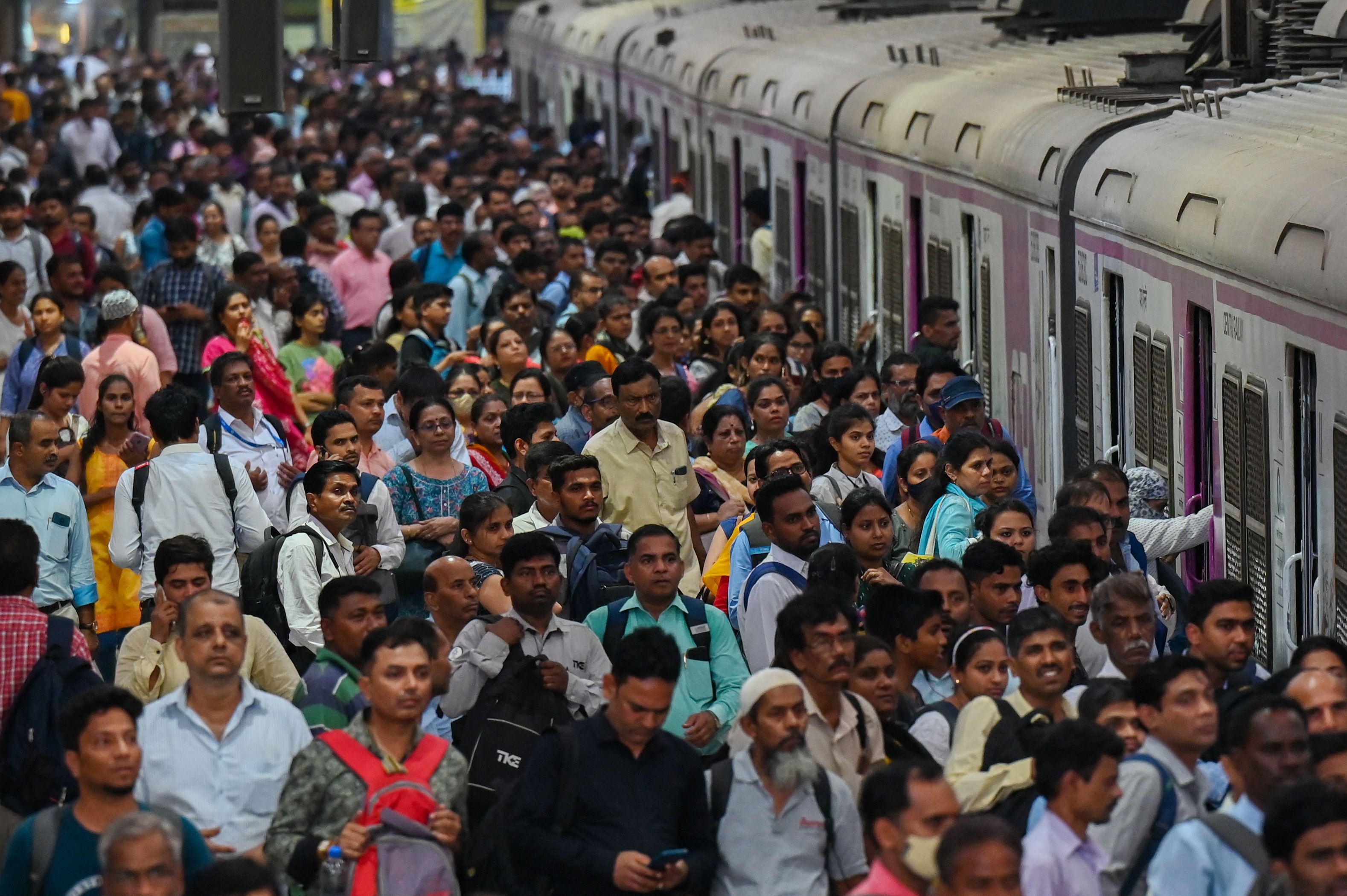

India's population, more than 1.4 billion, has surpassed that of mainland China, new United Nations data released this week showed. By summer, it will have about 2.9 million more people than the mainland and Hong Kong combined, according to the U.N. Population Fund's 2023 "State of World Population Report." China's aging population — a "hangover" from its decades-long one-child policy, according to The New York Times — fell last year for the first time in six decades, and it is expected to keep declining and finish the century at less than half its current level. India's population is projected to keep growing for decades. It has increased 1.2 percent a year, on average, since 2011. That was down from 1.7 percent in the previous decade.
India recently overtook the United Kingdom, its former colonizing power, as the world's fifth-largest economy. Global corporations see it as a huge market — Apple just opened its first store there in a push to sell more iPhones — and a manufacturing powerhouse that offers an alternative to China, after that country's COVID lockdowns disrupted supply chains that were overly dependent on its goods. Many leading business and political figures see India's increasing numbers as a blessing that will improve its fortunes and increase its global political and economic power.
But a public survey by UNFPA for the 2023 report found that the most common opinion in the country was that the country's population "was too large and fertility rates were too high." India's demographic changes are fueling the second largest rural-to-urban migration in human history, as masses move to cities desperately seeking work. In the financial hub of Mumbai recently, police with batons recently had to control crowds as 650,000 applicants came seeking one of 8,000 open positions on the police force. "Experts say that India's new status highlights its demographic dividend as the nation with the largest number of young workers," the BBC notes, "but also its biggest challenge: creating enough jobs for them."
The Week
Escape your echo chamber. Get the facts behind the news, plus analysis from multiple perspectives.

Sign up for The Week's Free Newsletters
From our morning news briefing to a weekly Good News Newsletter, get the best of The Week delivered directly to your inbox.
From our morning news briefing to a weekly Good News Newsletter, get the best of The Week delivered directly to your inbox.
What do the commentators say?
India's economy is growing, but has never managed the kind of "transformative growth through export-driven manufacturing" that made China a powerhouse, said Mujib Mashal and Alex Travelli in The New York Times. Extreme poverty has plummeted, but a third of India's children are still malnourished. Making $300 a month puts you in the top 10 percent of earners. India has never been able to create enough jobs for new workers entering the workforce. The country must "somehow produce 90 million new jobs before 2030, outside agriculture to keep employment rates steady," and it has long fallen short of that pace. One of the first things it has to do is beef up its infrastructure, which is far behind China's, to attract the international investment it needs so more people can earn a paycheck.
India has the world's largest population of young people — 254 million between ages 15 and 24, said Amrit Dhillon and Didi Tang in The Times (U.K.). This growing workforce could drive economic growth, but it could also become "a source of unrest and instability if employment opportunities are not adequate." And that's just one of the government's potential problems. A recent heatwave overburdened the power grid as people "turned on air-conditioners and fans." And "providing clean drinking water is already a struggle," with 70 percent of the country's surface water unsafe for human consumption. The government of Prime Minister Narendra Modi is touting India's new status as a sign it's a rising superpower, but it's not clear how the government plans to "house, feed, clothe, educate, and employ" all these people.
India has the workers it needs to become an economic powerhouse, said Amish Mehta in The Indian Express. China and many wealthy nations have aging populations without enough young workers to provide for them. Young people in their prime working years account for 67 percent of India's population. It is "the quality" and training of India's workforce "that is holding it back." The country will have to expand its educational opportunities to capitalize on India's advantages. Just one in five Indian women have formal jobs, and women's labor force participation is falling. That trend "will have to be reversed through employment policies and investing in the health and education of women." Increasing the participation of women in the workforce could add 1.5 percent to India's economic output, according to the World Bank.
What next?
Prime Minister Narendra Modi "gets high marks for helping modernize India's economy," said Andres Oppenheimer in The Miami Herald, but his "growing abuse of power" could ruin everything. Modi is "increasingly intimidating independent media and has used a loyal judiciary to ban opposition leaders." A court ousted opposition leader Rahul Gandhi, Modi's main political rival, just last month for making a joke that Modi had the same last name as two criminals who were in the news. Modi's excesses are "dangerous," because "unlike in China, India's recent progress has been partly due to its democratic stability." If Modi turns into "a full-blown elected autocrat," he could derail India's economic growth "by favoritism, corruption, and skepticism about its future. But if he somehow manages to control his authoritarian instincts, India is likely to become the world's new economic success story."
A free daily email with the biggest news stories of the day – and the best features from TheWeek.com
Harold Maass is a contributing editor at The Week. He has been writing for The Week since the 2001 debut of the U.S. print edition and served as editor of TheWeek.com when it launched in 2008. Harold started his career as a newspaper reporter in South Florida and Haiti. He has previously worked for a variety of news outlets, including The Miami Herald, ABC News and Fox News, and for several years wrote a daily roundup of financial news for The Week and Yahoo Finance.
-
 Political cartoons for December 12
Political cartoons for December 12Cartoons Friday's political cartoons include presidential piracy, emissions capping, and the Argentina bailout
-
 The Week Unwrapped: what’s scuppering Bulgaria’s Euro dream?
The Week Unwrapped: what’s scuppering Bulgaria’s Euro dream?Podcast Plus has Syria changed, a year on from its revolution? And why are humans (mostly) monogamous?
-
 Will there be peace before Christmas in Ukraine?
Will there be peace before Christmas in Ukraine?Today's Big Question Discussions over the weekend could see a unified set of proposals from EU, UK and US to present to Moscow
-
 Pope aide under fire for 'mystical orgasms' book
Pope aide under fire for 'mystical orgasms' bookTall Tales And other stories from the stranger side of life
-
 Thieves who stole shopping bag in for big disappointment
Thieves who stole shopping bag in for big disappointmentTall Tales And other stories from the stranger side of life
-
 Woman has one in 50 million pregnancy
Woman has one in 50 million pregnancyTall Tales And other stories from the stranger side of life
-
 The spiralling global rice crisis
The spiralling global rice crisisfeature India’s decision to ban exports is starting to have a domino effect around the world
-
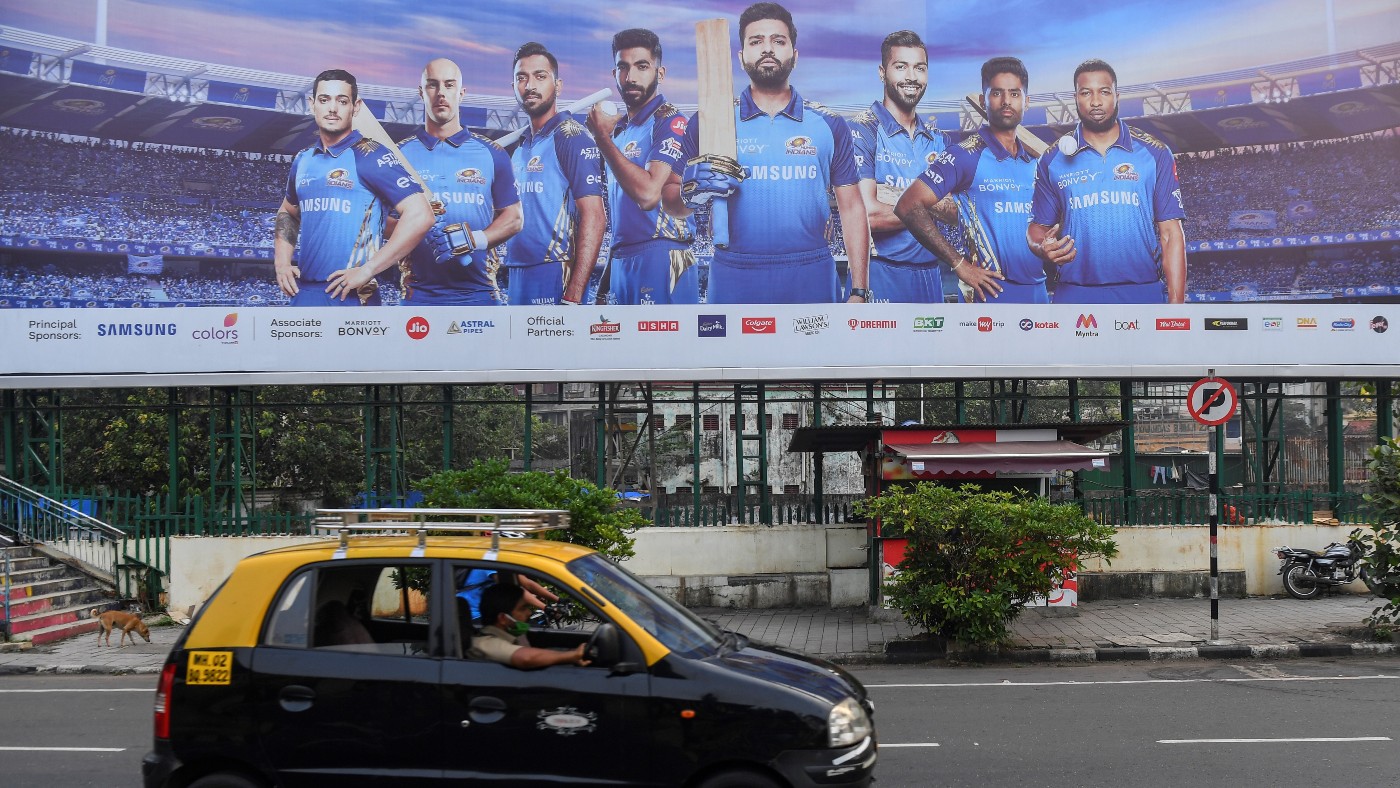 The sinister side to India’s fantasy gaming craze
The sinister side to India’s fantasy gaming crazefeature Fantasy gaming is booming in India, despite the country's ban on gambling
-
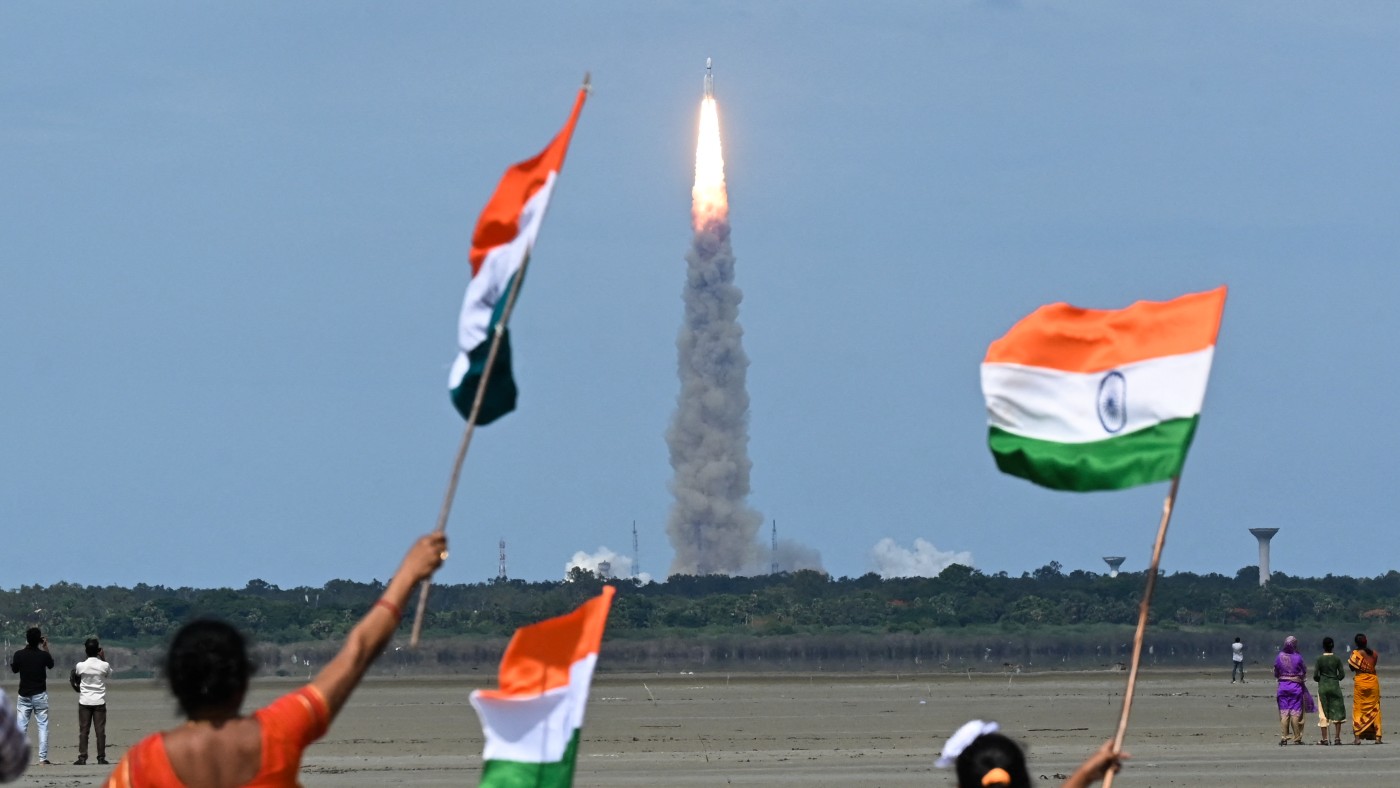 India hoping to be fourth country to reach Moon after Chandrayaan-3 launch
India hoping to be fourth country to reach Moon after Chandrayaan-3 launchSpeed Read Rocket aiming to set its lander Vikram down near Moon’s little-explored south pole
-
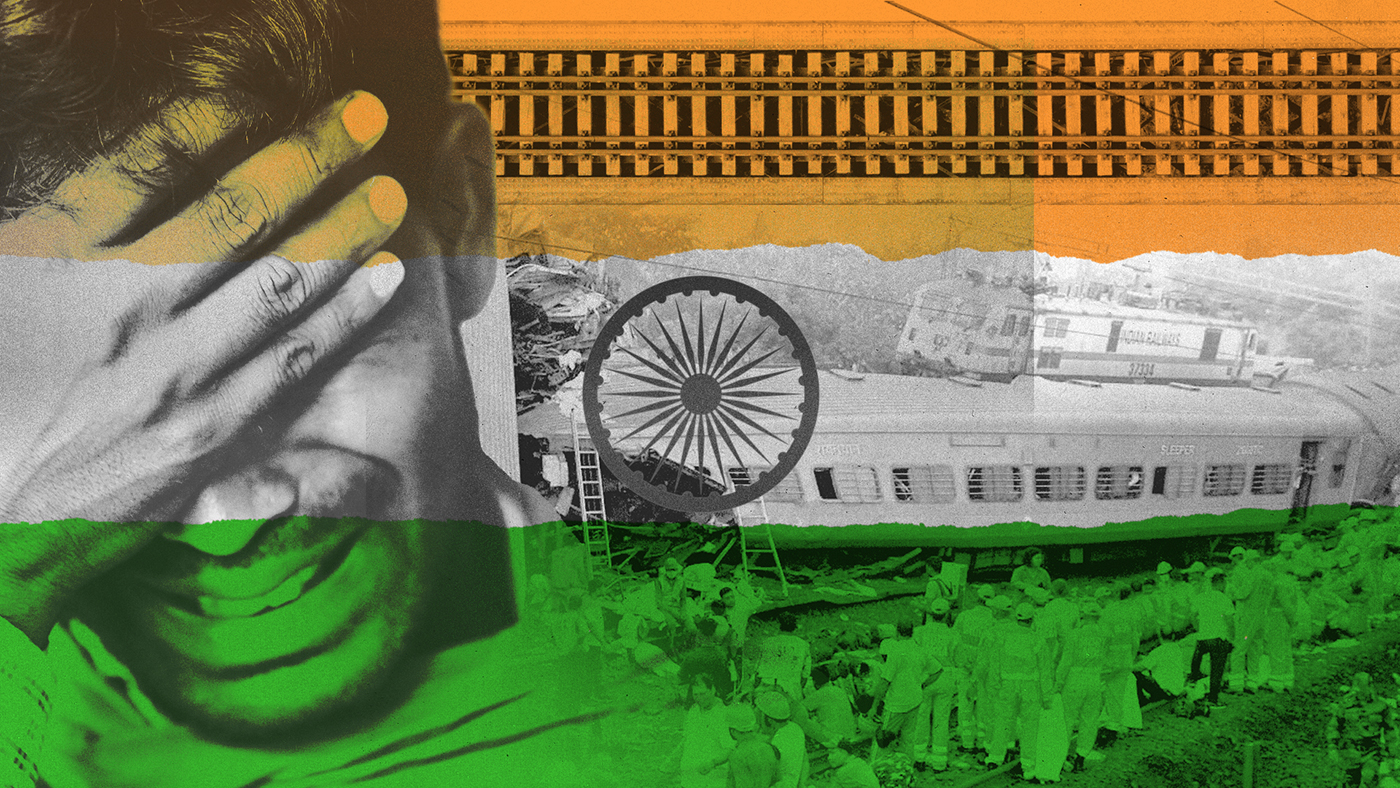 Why does India have so many train crashes?
Why does India have so many train crashes?Today's Big Question The deadly Odisha crash is the latest in a string of rail accidents in the country
-
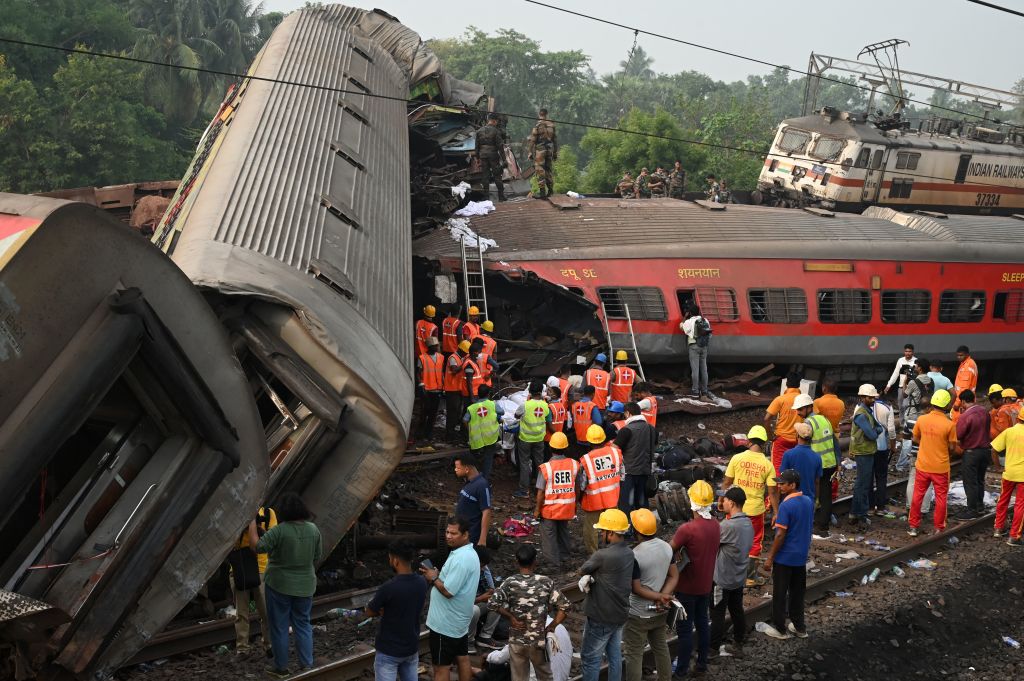 More than 260 killed and 900 injured in Indian train crash
More than 260 killed and 900 injured in Indian train crashSpeed Read
